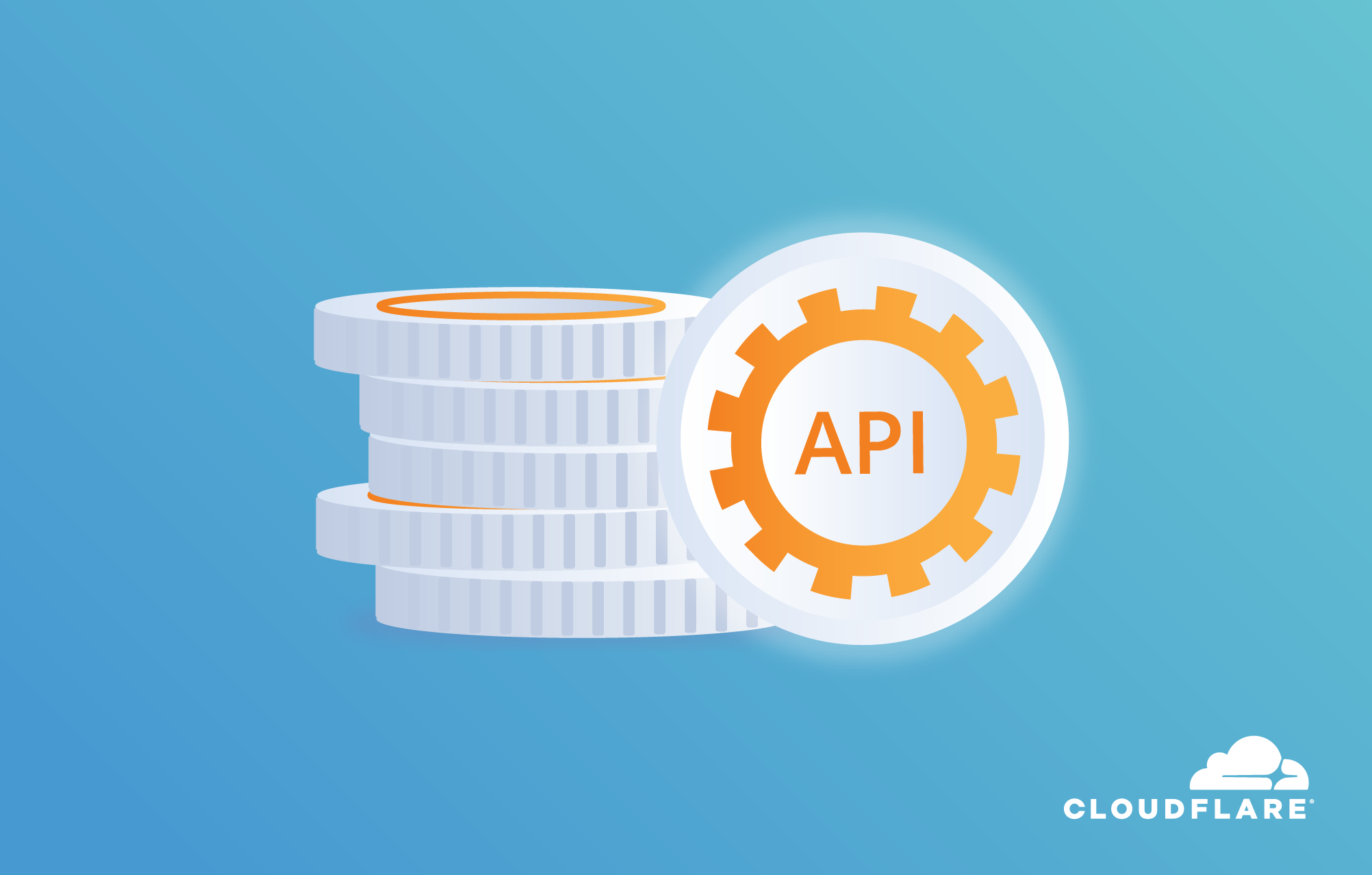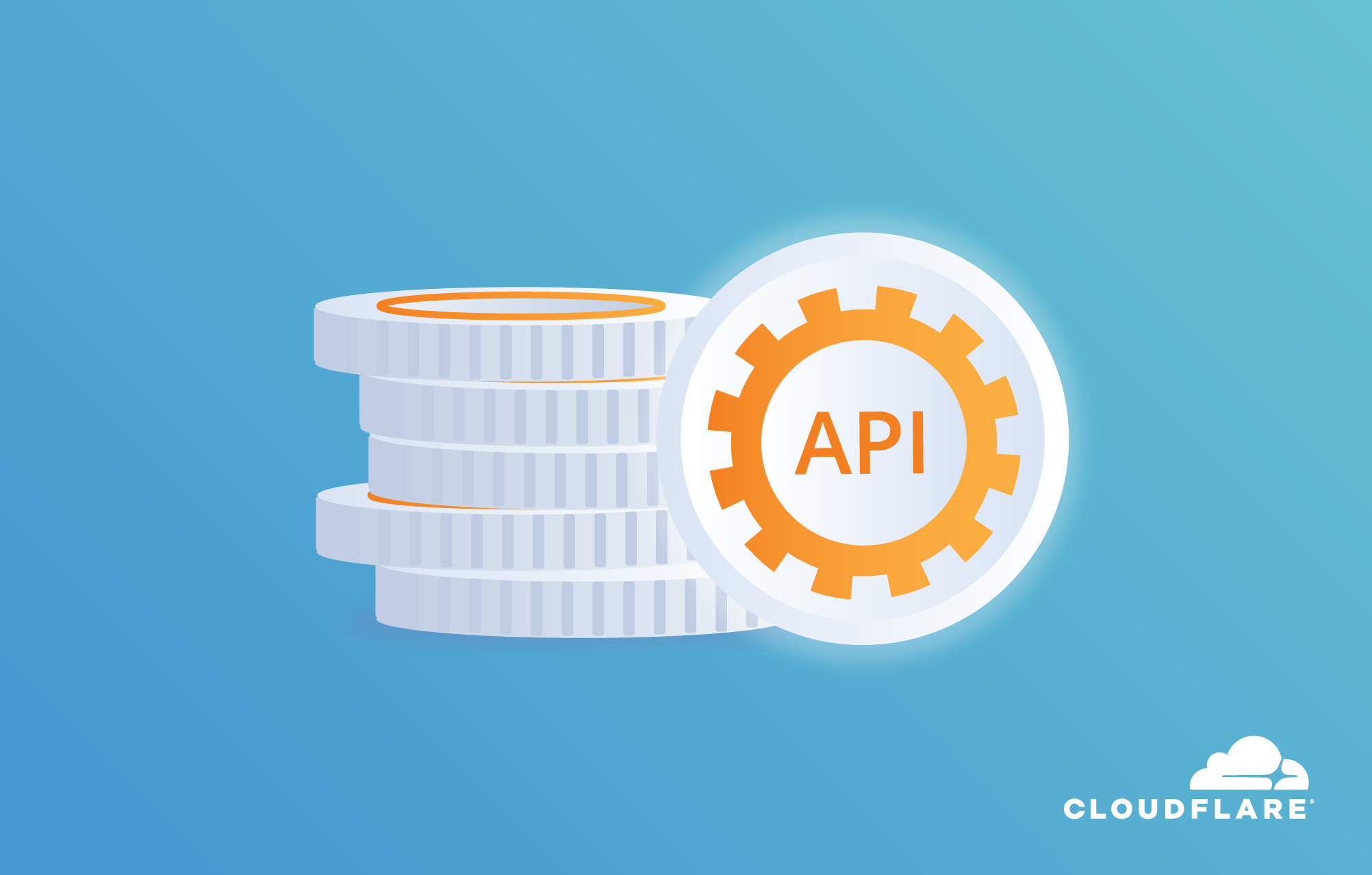Beyond the Palm Trees: Local Action Key to Fast, Affordable and Reliable Internet Solutions in Rural Hawai’i

To many North Americans, Hawai’i is a place of beaches, resorts, surfing, rainforests, and volcanoes — it’s a vacation destination.
But despite its tourism infrastructure and economy, Native Hawaiian communities in the far-flung chain of more than 130 islands face many of the same Internet connectivity challenges as Indigenous communities in Canada and the continental United States. And for a variety of economic, policy and geographic reasons, it is often excluded from efforts to improve access for Indigenous, rural and remote communities.
The Internet Society believes the Internet is for everyone and works with underserved communities to find and create local access solutions in some of the hardest-to-reach places on earth. What’s exciting is that despite the different geographic landscapes, the same community-led solution underway to improve Internet access in the high Arctic could also help Native Hawaiians carve their own path to better connectivity.
That’s why, in 2019, the Internet Society is holding its third annual Indigenous Connectivity Summit (ICS) in Hawai’i.
Including Indigenous voices in the planning and solutions that shape the Internet is a vital part of closing the digital divide. Previous summits in Santa Fe, New Mexico, in 2017, and Inuvik, Northwest Territories, Canada, Continue reading
Lessons Learned – Nick Russo – Leadership
There’s always something to learn from other people’s stories so we’re making it a point to spend time talking about past experiences and lessons learned. In this first foray into this format, Nick Russo joins us to talk about a formative leadership experience that happened early in his career and changed his perspective on what leadership and failure looked like.
The post Lessons Learned – Nick Russo – Leadership appeared first on Network Collective.
Announcing the General Availability of API Tokens

APIs at Cloudflare

Today we are announcing the general availability of API Tokens - a scalable and more secure way to interact with the Cloudflare API. As part of making a better internet, Cloudflare strives to simplify manageability of a customer’s presence at the edge. Part of the way we do this is by ensuring that all of our products and services are configurable by API. Customers ranging from partners to enterprises to developers want to automate management of Cloudflare. Sometimes that is done via our API directly, and other times it is done via open source software we help maintain like our Terraform provider or Cloudflare-Go library. It is critical that customers who are automating management of Cloudflare can keep their Cloudflare services as secure as possible.
Least Privilege and Why it Matters
Securing software systems is hard. Limiting what a piece of software can do is a good defense to prevent mistakes or malicious actions from having greater impact than they could. The principle of least privilege helps guide how much access a given system should have to perform actions. Originally formulated by Jerome Saltzer, “Every program and every privileged user of the system should operate using Continue reading
One Way Delay Measurements and NetFlow
The post One Way Delay Measurements and NetFlow appeared first on Noction.
Video: Introducing Transmission Technologies
After discussing the challenges one encounters even in the simplest networking scenario connecting two computers with a cable we took a short diversion into an interesting complication: what if the two computers are far apart and we can’t pull a cable between them?
Trying to answer that question we entered the wondrous world of transmission technologies. It’s a topic one can spent a whole life exploring and mastering, so we were not able to do more than cover the fundamentals of modulations and multiplexing technologies.
You need free ipSpace.net subscription to watch the video, or a paid ipSpace.net subscriptions to watch the rest of the webinar.
IBM, Orange Top UK’s SDN Market, Says ISG Report
IBM and Orange Business Services top the list of U.K. SDN vendors, according to an ISG report that...
Quest Levels Up, Announces Foglight Evolve Platform
Quest Software unveiled Foglight Evolve, which features three new product lines: Foglight Evolve...
CNCF Project Journey Proves Kubernetes Is Everywhere
Google and Red Hat remain the two largest single contributing companies to Kubernetes, but VMware...
Nutanix CEO Dheeraj Pandey: ‘We Don’t Sell Vaporware’
CEO Dheeraj Pandey said Nutanix signed 58 deals worth more than $1 million during Q4 of fiscal...
T-Mobile US Taps the Brakes on 5G Amid Merger Delays
T-Mobile US is adjusting its 5G deployment plans and has informed some contractors that purchases...
OnX Adds Cisco SD-WAN to Its Managed Service Portfolio
Toronto-based cloud services provider OnX Canada is now offering Cisco's SD-WAN as a managed...